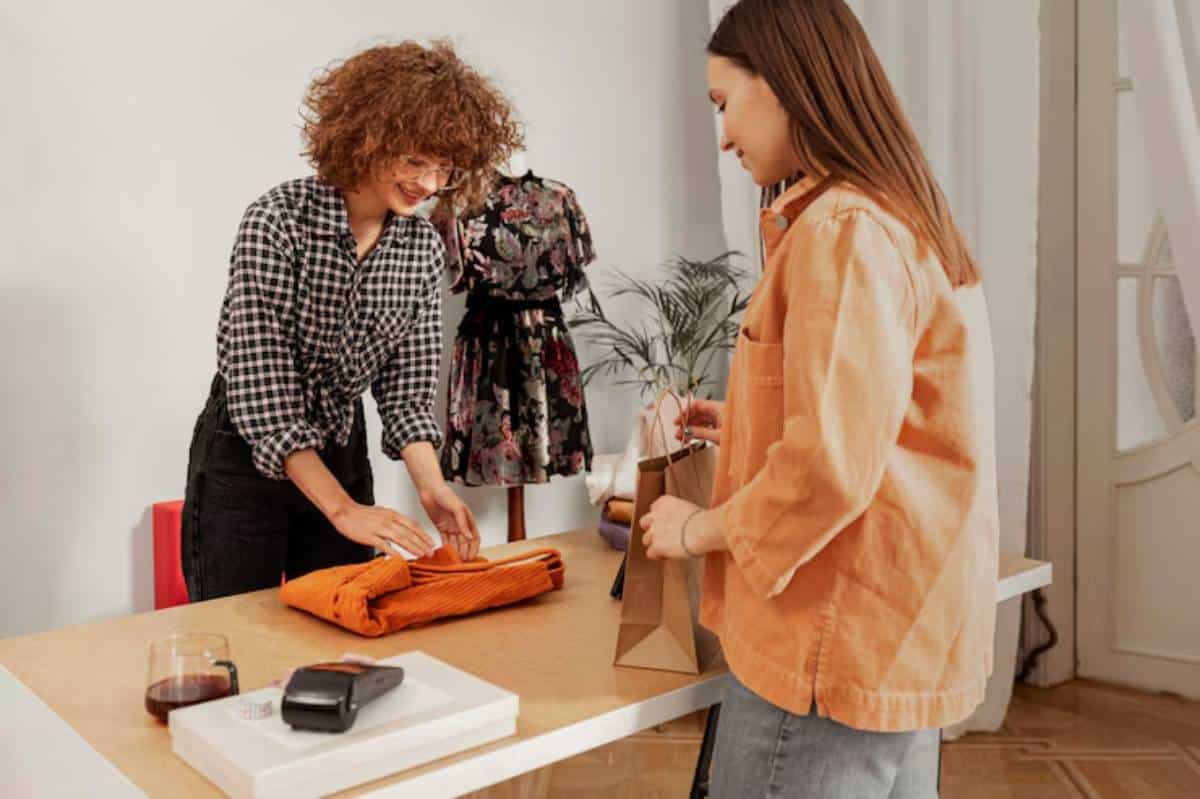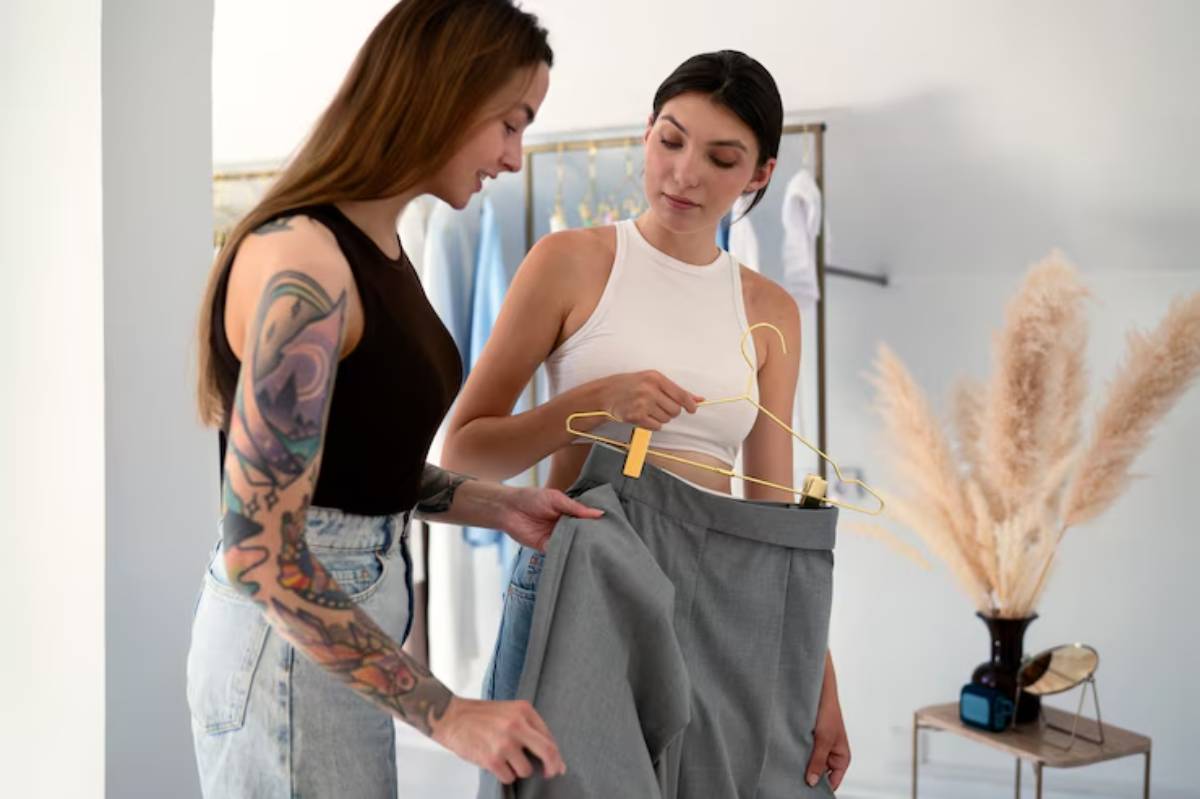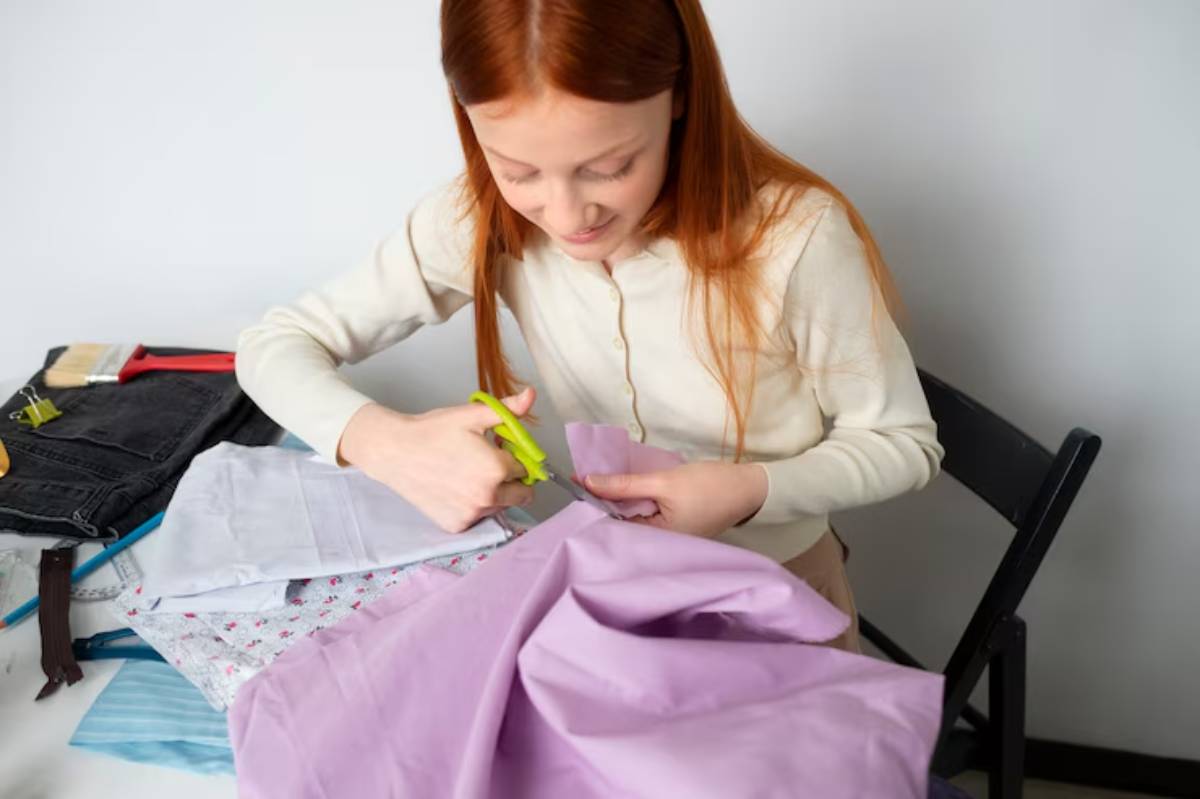
How to Upcycle Kids’ Clothes as They Grow
If you’re a parent, you’ve likely experienced the rapid-fire growth spurts that make children outgrow perfectly good clothes in what feels like a blink. What begins as a new pair of jeans in September may not even reach their ankles by spring. It’s not just frustrating—it can be financially and environmentally draining.
But what if there were a creative, sustainable solution that helped your wallet and the planet?
Welcome to the world of kids’ clothing DIY. Upcycling children’s clothes isn’t just about saving money—it’s a mindful parenting move that reduces waste, encourages creativity, and teaches kids the value of reusing what they already have. Whether you’re a seasoned crafter or simply curious, this guide will walk you through why upcycling matters, how to do it effectively, and how to make it a fun, family-friendly habit.
Why Upcycling Children’s Clothes Makes Sense
A Growing Problem
The average UK household throws away around 70 items of clothing a year, and much of that includes kids’ clothing. Fast growth, frequent spills, and ever-changing tastes make children’s wardrobes some of the most disposable in fashion. Unfortunately, most of these garments end up in landfill—many after just a few wears.
By upcycling children’s clothes, you’re directly reducing textile waste and promoting a more circular approach to fashion.
Eco Parenting in Action
Incorporating sustainable choices into your parenting doesn’t require a total lifestyle overhaul. It can be as simple as turning an old onesie into a vest or adding patches to leggings instead of tossing them. These small actions align with modern eco-parenting tips, where environmental responsibility is taught through daily habits.
Plus, upcycling encourages problem-solving, patience, and creativity—valuable skills for both kids and adults alike.
What Makes Kids’ Clothes Ideal for Upcycling?
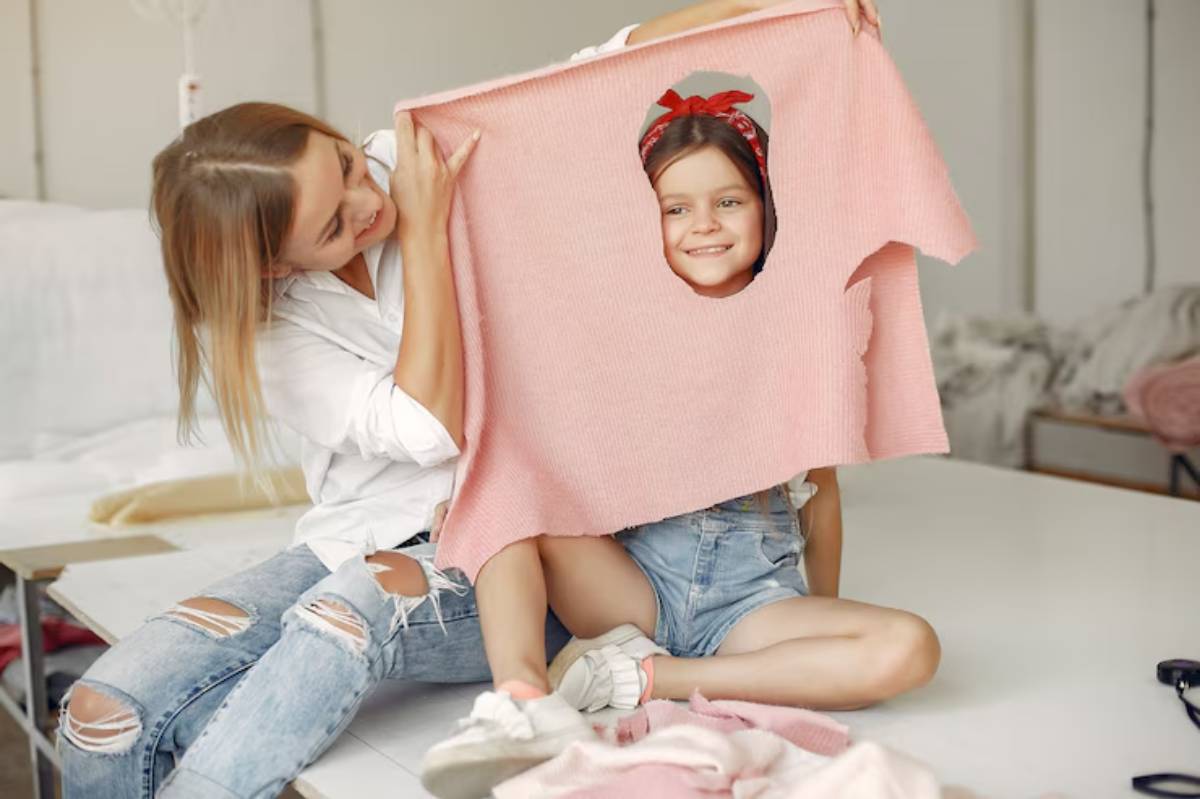
Built to Withstand Wear
Children’s clothing is generally made to be tougher than adult garments. Reinforced seams, thicker fabrics, and stretch materials make them excellent candidates for repurposing.
Colourful, Playful Fabrics
From dinosaur motifs to bright rainbows, kids’ clothes are full of fun and flair.
When upcycled, these fabrics can be transformed into entirely new items like:
- Tote bags
- Soft toys
- Hairbands or bows
- Quilts or patchwork cushions
Sentimental Value
Baby grows, birthday outfits, or that shirt they wore on their first day of school—clothes hold memories. Upcycling lets you preserve those moments in creative ways, turning outgrown pieces into keepsakes.
Easy Upcycling Ideas for Growing Kids
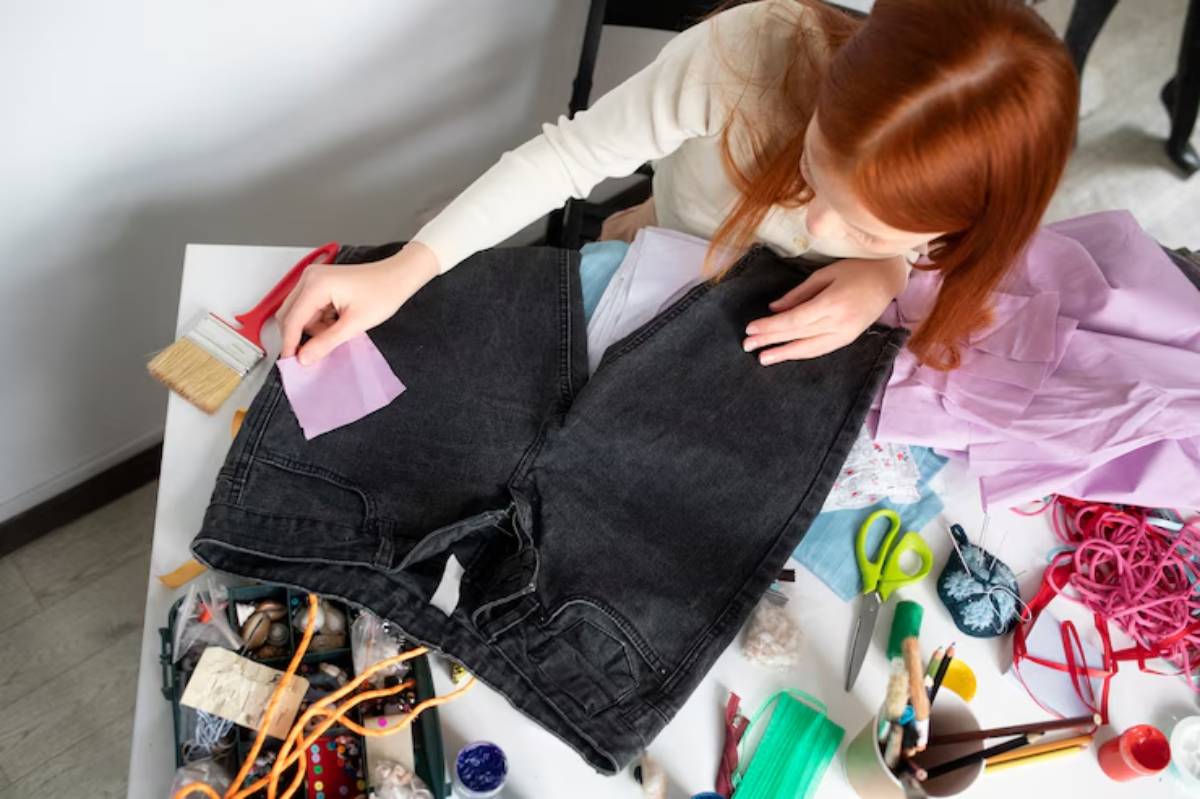
You don’t need a degree in sewing or a craft room full of tools. These ideas are beginner-friendly and effective.
1. Trousers to Shorts
Once your child outgrows the length but not the waist, simply trim and hem the legs for a summer-ready pair of shorts.
2. Baby Grows to Vests
Snip off the bottom of baby grows and sew a clean edge or add a button-down front. These make great toddler layering pieces.
3. Leggings to Headbands or Hair Ties
Stretchy fabrics can be fashioned into colourful hair accessories. It’s an ideal way to reuse worn knees and get more out of prints your kids love.
4. Shirts into Aprons
Button-up shirts from toddlers or older children can become painting or baking aprons. Add ties or pockets to customise.
5. Jumper Sleeves into Leg Warmers
Cut off the sleeves of old jumpers, hem the top and bottom, and voilà—warm leg or arm covers for chilly days.
6. Patchwork Play Blankets
Save outgrown pieces and stitch them into a memory quilt or picnic blanket. Not only does it reuse fabric, but it also creates something deeply personal.
Involve the Kids for Maximum Impact
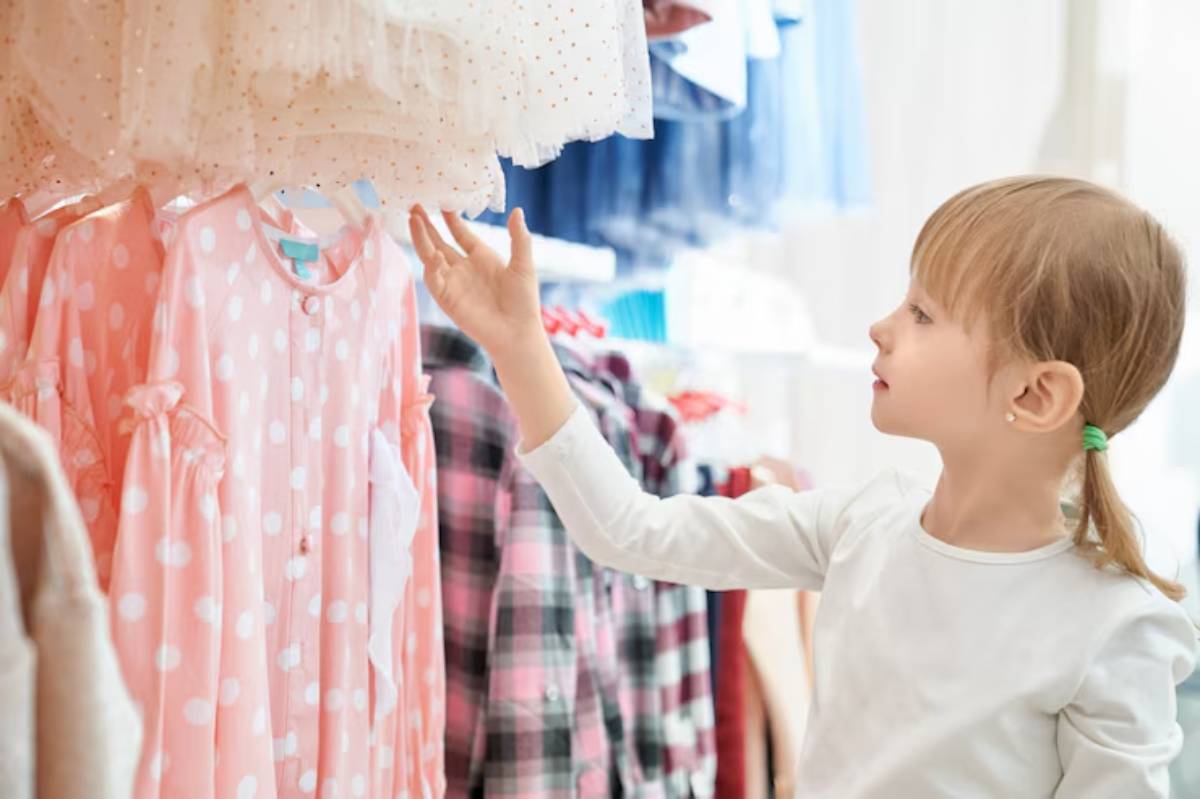
Make It a Family Activity
Get your child involved in choosing which clothes to upcycle and how to repurpose them.
Give them age-appropriate tasks such as:
- Sorting fabrics
- Drawing designs
- Choosing thread colours
- Helping with glue or safe scissors
Making this a shared creative moment helps your child understand the value of what they wear and encourages responsibility.
Build Sustainability into Storytime
Many children’s books now address themes of reuse and recycling. To make a crafting session educational and fun, pair it with stories about the environment.
The Eco-Parenting Benefits of Upcycling
Teaches Value Over Waste
Kids learn that not everything needs to be new. They begin to see potential in old items—a mindset that extends to toys, books, and even food.
Reduces Reliance on Fast Fashion
When you upcycle, you naturally buy less. This reduces demand for fast fashion and supports a more thoughtful approach to consumption.
Encourages Creativity and Problem-Solving
Finding new uses for old clothes isn’t just practical—it’s imaginative. Through DIY projects, kids develop confidence and critical thinking.
If you’re already exploring ways to raise eco-conscious children, combining this with teaching kids to value sustainable fashion reinforces the message beautifully.
Where to Source Materials for Upcycling
Your Own Home
Start with a clothing drawer audit.
Sort items into:
- Still fits
- Too small but in good condition
- Too worn or damaged
The last two categories are perfect for upcycling.
Friends and Family
Ask for unwanted items from relatives or friends. You’d be surprised how much pre-loved children’s clothing is available—often for free.
Charity Shops and Swaps
Charity shops are full of affordable items you can experiment with. Better yet, join or host a local clothing swap to exchange gently used items. Learn how to do this effectively with our guide to hosting a community clothing swap.
What If You Can’t Sew?
No worries—upcycling doesn’t have to involve a needle and thread.
No-Sew Upcycling Ideas
- Use fabric glue to create patches or decorative details
- Turn T-shirts into reusable shopping bags by cutting and knotting
- Create wall art from fabric scraps stretched over a canvas
- Use iron-on patches or motifs to cover stains and holes
The focus is on reusing and reducing waste, not perfection.
Beyond Clothes: Upcycle the Extras
Children outgrow more than clothes.
Why not extend the habit to:
- School bags – Turn old backpacks into storage pouches
- Shoes – Use soles for garden markers or play tools
- Towels and blankets – Cut into reusable wipes or bibs
Once you get into the mindset of reuse, the possibilities are endless.
Conclusion: How to Upcycle Kids’ Clothes as They Grow
Children grow fast, and their wardrobes often can’t keep up. But instead of discarding their outgrown clothes, why not give them a second life? Upcycling children’s clothes is more than a budget hack—it’s an opportunity to be creative, reduce waste, and model eco-conscious values for your family.
From simple no-sew fixes to creative crafts, there’s an option for everyone, regardless of skill or budget. And the best part? You’re turning parenting’s messiest challenge into something meaningful and fun.
So the next time you pull out a shirt that’s too snug or trousers with scuffed knees, pause. With a bit of imagination, you might just create something new, useful, and uniquely yours.
